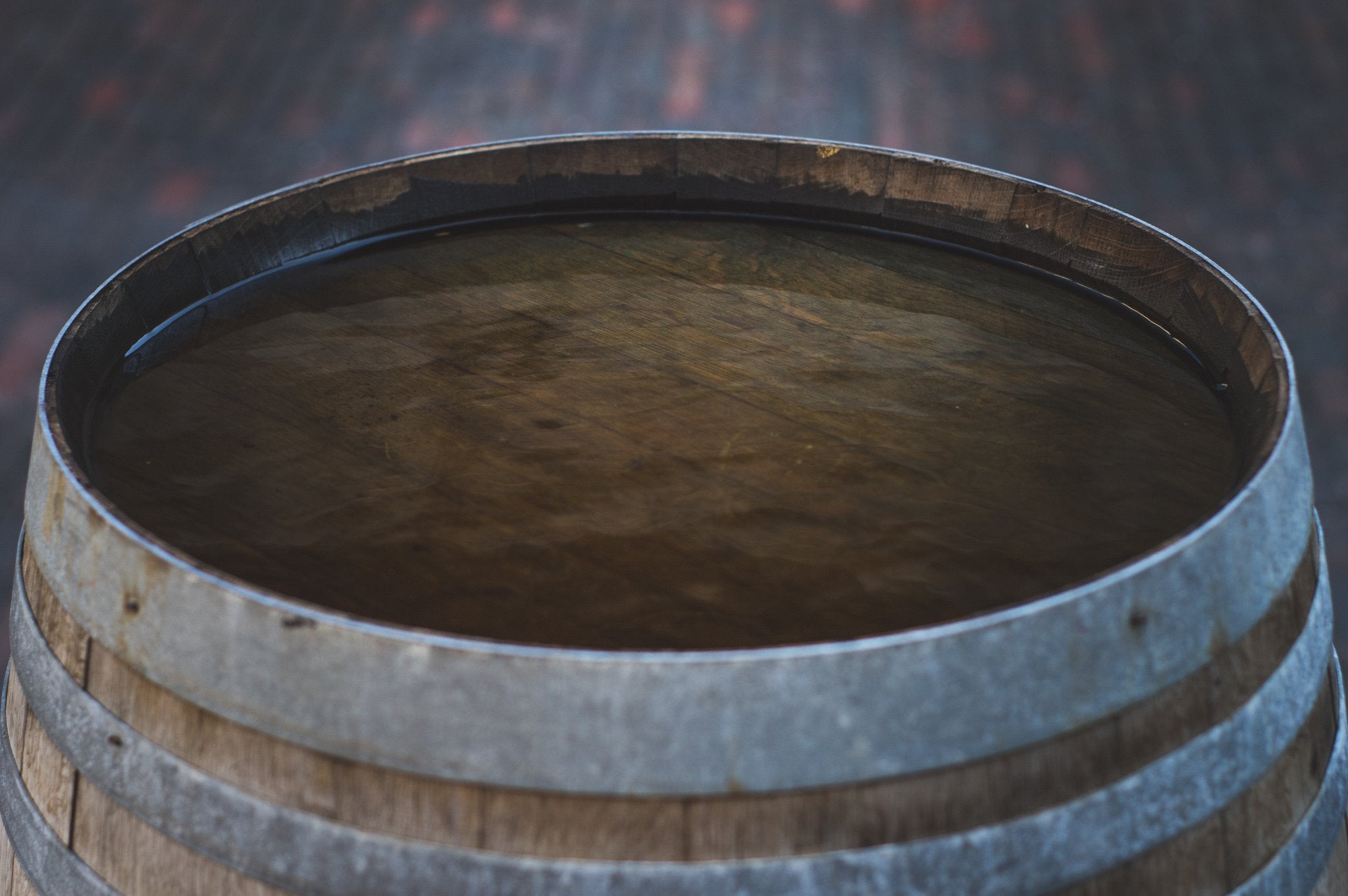This post originally was published on frenchsommelier.com.
Bordeaux is arguably the most unique wine region in the world. In size alone, producing upwards of 75 million cases of wine each year, this one region makes more wine than some countries. Additionally, the region has always had an international aspect to it, historically many European nations have participated as Chateau owners, wine bottlers, negociants, exporters and distributors. Notable players include the English (who ruled during the Middle Ages), Belgians, Dutch, Germans, Russians, and Swiss. Indeed owning a property in Bordeaux was common amongst the European aristocracy for centuries. Because of these factors, Bordeaux may seem like it's own country and as such it operates in a different way than most wine regions and on numerous levels.
The top tier wines belong to the "First Growths," those famous Chateaux occupying the highest rank in the 1855 classification of the left side of the Gironde River, known as the Medoc, as well as some famous properties on the other side of the river in Pomerol and St. Emilion. What theses wines have in common, besides a record of excellence and longevity, is that they are true luxury items and are treated as such in the market. Prices are astonishingly high and the bottles are traded like commodities, with futures being offered and cases purchased for investment and resale instead of personal consumption. Except for those wine geeks who reach deep into their pockets for a rare bottle or two, this is the playground of the wealthy and in recent history many of these Chateaux are being purchased by banks, insurance companies, and international corporations.
Go a little below this level and prices will start to drop. Many excellent wines are made by producers occupying the subsequent lower tiers of the classification, as well as by quality Chateaux in less prestigious appellations in the surrounding region. These wines don't have the luxury appeal and commensurate prices of the First Growths, they are more affordable, yet not inexpensive. Many true wine lovers purchase and cellar bottles at this level and it's common to pay anywhere from $40 to $100 per bottle.
Going lower still and we'll really see Bordeaux's multifaceted role. Sometimes these wines are referred to as "Petit Chateau", referring to the smaller, less famous properties and they come from all over the region. You will see wines designated as Bordeaux, Bordeaux Superieur, Cotes de Bordeaux, also with prefixes from villages like Blaye, Bourg, Cadillac, Castillion and others and additionally from villages like Fronsac, Lalande de Pomerol, and the satellite appellations of St. Emilion which will append their village name on the label. You can see that there is a large quantity of wine and it can be overwhelming and confusing.
It's here where I call these wines the "Lost Bordeaux. “ Let me explain. As I mentioned, Bordeaux has always had an international character and this is evidenced in the fact that all levels of Bordeaux have been exported and sold worldwide for hundreds of years. In fact, Bordeaux dominated the market for a very long time, only to be challenged by the influx of wines being produced in the rest of the world in the last 50 years. While the famous properties have been able to increase their prices and their desirability, the smaller properties have had to fight with competition from new countries providing large quantities of inexpensive wine, mainly from places in the New World like the United States, Australia, Chile, and Argentina. While retail shelves and restaurant lists were traditionally weighted heavily with Bordeaux, this is no longer the case as there are so many other choices. Couple this with the recent increase in availability of quality wines from established wine regions, like the Loire, the Rhone, Piedmont, Tuscany, and "re-discovered" countries like Croatia and Austria that are being purchased by passionate wine buyers and sommeliers and well, you get the point.
What is being lost? Namely a style and a certain way of drinking. These lower level Petit Chateau wines are generally medium bodied blends of Merlot, Cabernet Franc and Cabernet Sauvignon fermented in cement tanks or stainless steel. They have balanced red fruits and earthy flavors without new oak and are generally moderate with the acidity. These wines represent solid quality and pleasant everyday consumption. Nothing to ponder over or meditate on, just good, unpretentious wine drinking. They're pretty flexible with food too. Excellent with a burger or hangar steak and pommes frites, they also pair very well with roast chicken. pork chops, lentils, mashed potatoes, and medium aged cheeses like cheddar and gouda. Just stay away from tomato sauce and spicy foods and you'll be just fine. The best part, most of these wines are under $20 and many are under $15. As a bonus, you can find older vintages as well, there are many 2009's and 2010's still available. As usual, it pays to find a smart retailer or restauranteur to help make selection easy.
As importer Kermit Lynch says, "Look where no one else is looking." Great, inexpensive Bordeaux is currently overlooked, a bargain, and poised to make a comeback. Try one.


Getting to Know Sauvignon Blanc
Enter The Golden Age for Wine